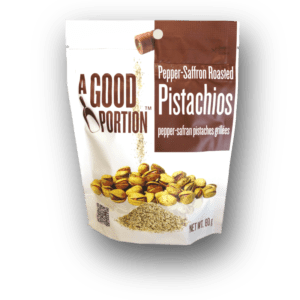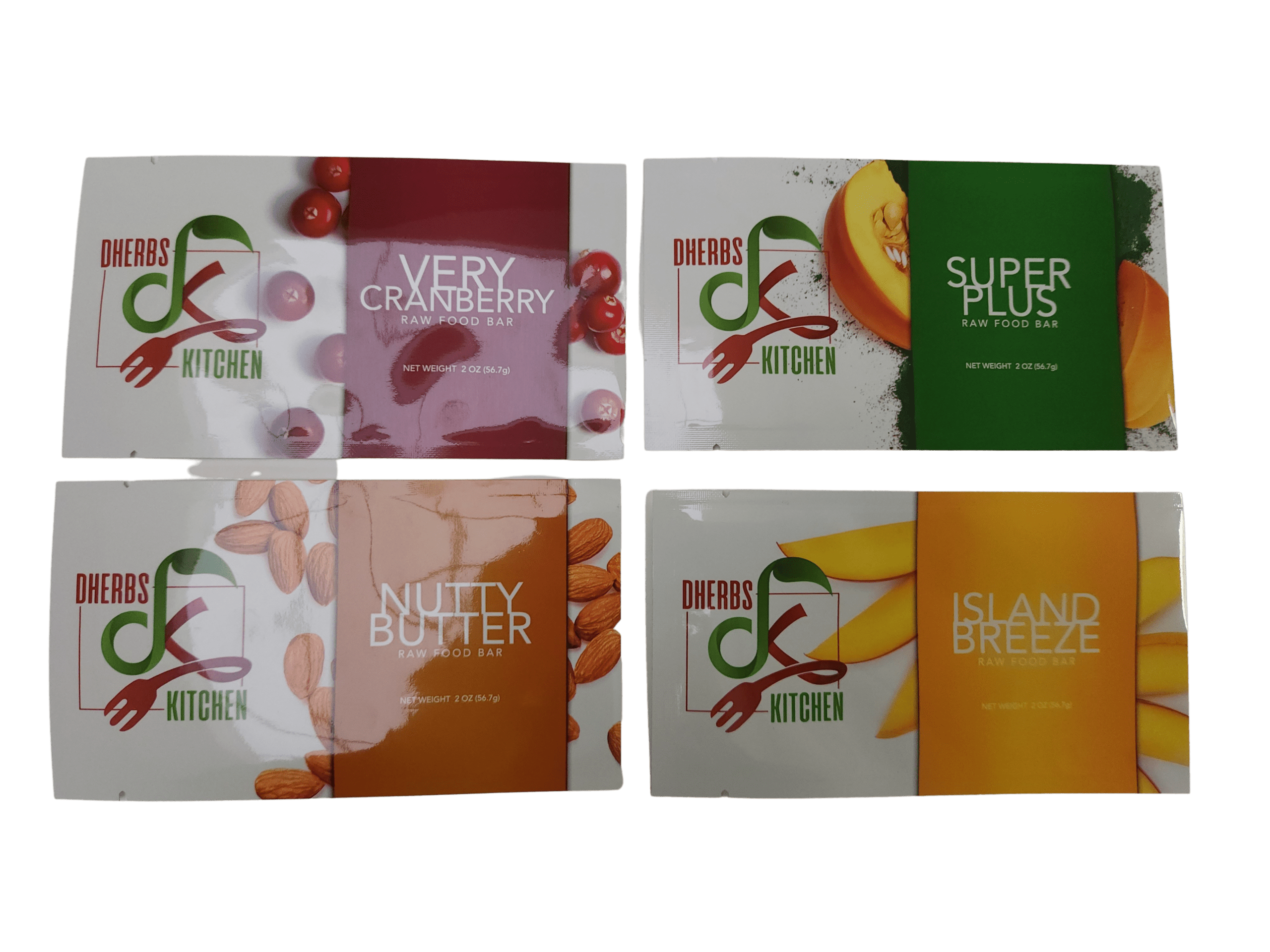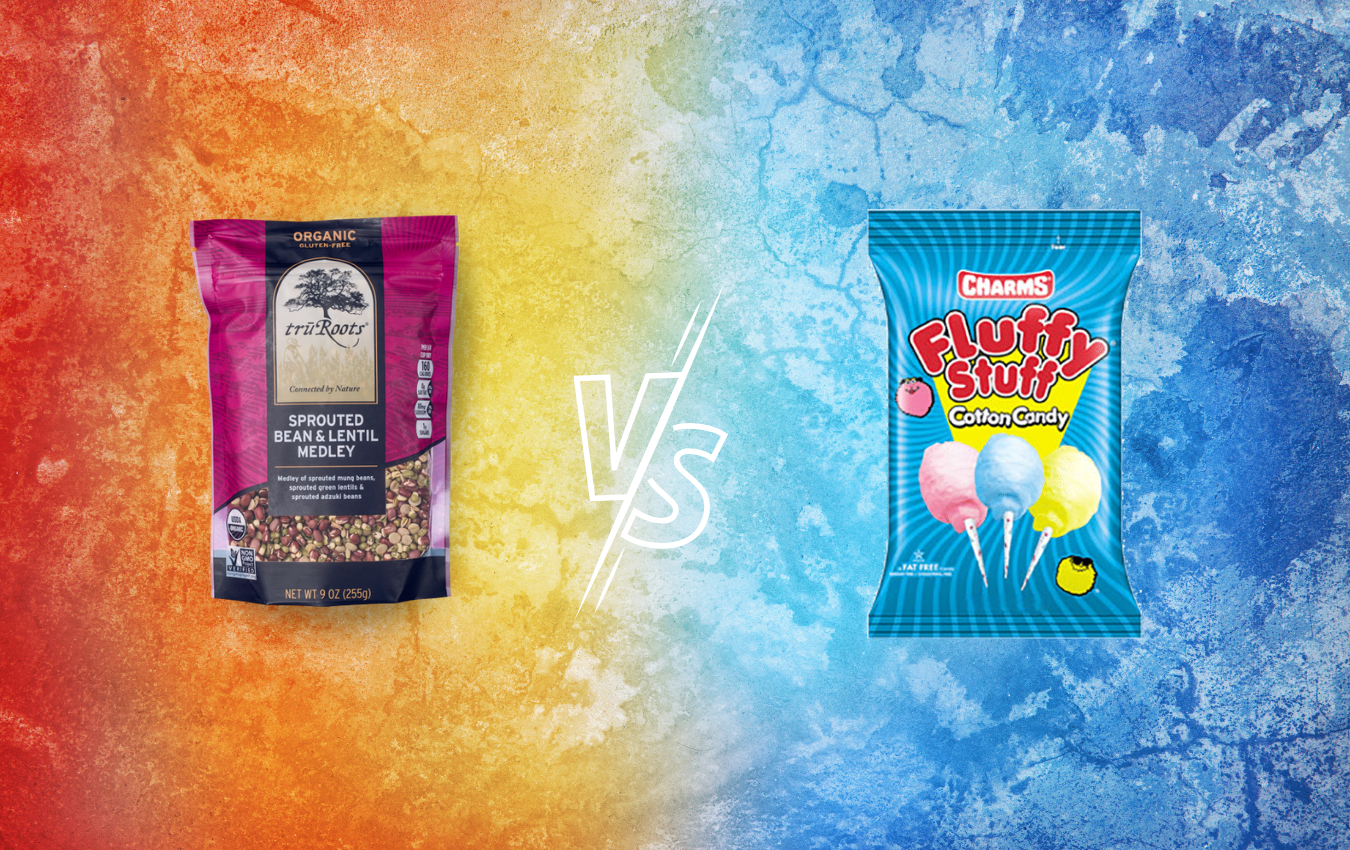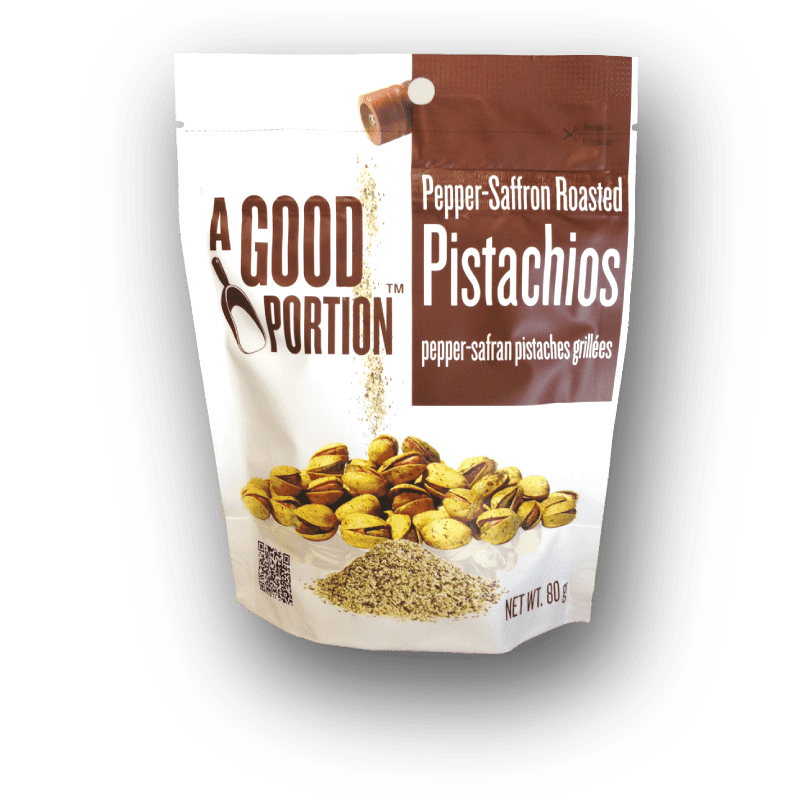Home » 15 Custom Pouch Packaging Tips for Buyers
15 Custom Pouch Packaging Tips for Buyers

Custom pouch packaging is one of the most flexible, lightweight, and brand-forward packaging formats on the market today. From snacks and supplements to beauty and pet products, pouches allow for high-impact design, excellent functionality, and efficient storage and shipping. But if you’re new to buying custom pouches—or just looking to improve your results—knowing what to look for can make a major difference in cost, lead times, and overall success.
Here are 15 essential tips to guide you through the process and help you make the most informed decisions when it comes to sourcing and customizing your pouch packaging.
- Define Product Requirements
- Pick the Right Pouch Style
- Consider Barrier Protection
- Choose Closure Features
- Focus on Shelf Appeal
- Decide Print Method Early
- Get a Proper Dieline
- Choose Custom vs. Standard Sizes
- Request Samples First
- Follow Labeling Requirements
- Plan for MOQ and Lead Time
- Optimize Storage & Shipping
- Use Digital for Versioning
- Ask About Sustainability Options
- Work With a Knowledgeable Partner
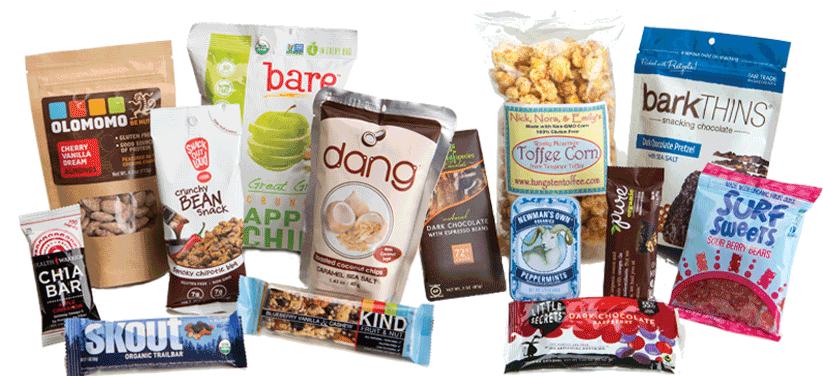
Define Your Product Requirements First
Start by identifying key product needs: weight, volume, shelf life, and how it will be stored or displayed. This helps determine the right size, material, and features from the beginning.
Choose the Right Pouch Style
Common pouch types include stand-up, flat, spouted, and quad-seal. Each format offers unique benefits depending on your product’s structure and usage.
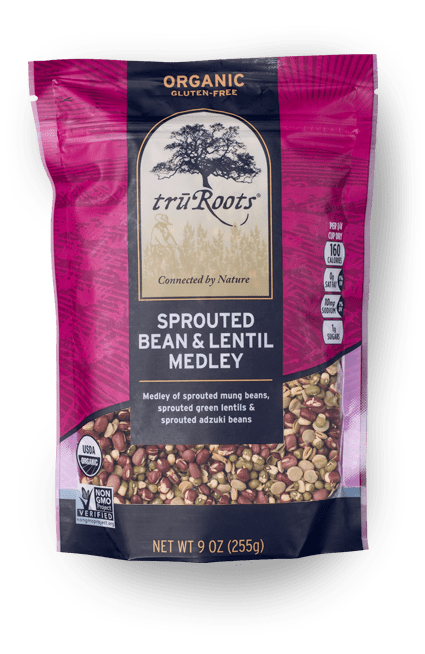
Consider Barrier Needs
What are you protecting against—moisture, oxygen, UV light? Select materials with the right barrier layers to maintain freshness and prevent spoilage.
Think About Closure Options
Zippers, tear notches, hang holes, and spouts all impact convenience, reusability, and display. Choose closures based on consumer experience and product use.
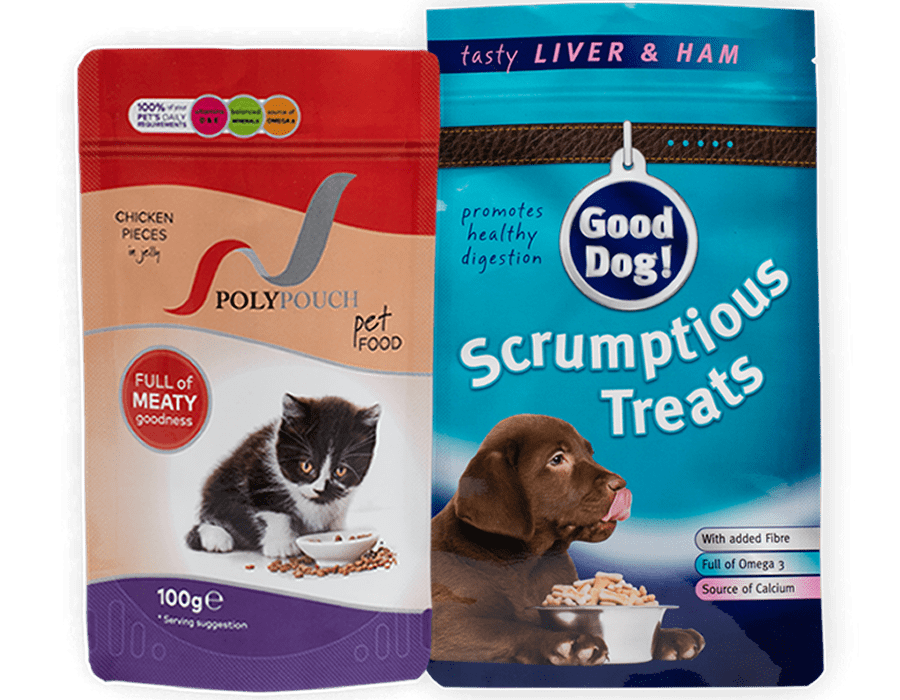
Prioritize Shelf Impact
Your pouch should stand out on the shelf or in e-commerce photos. Bold graphics, clean branding, and well-placed messaging make all the difference.
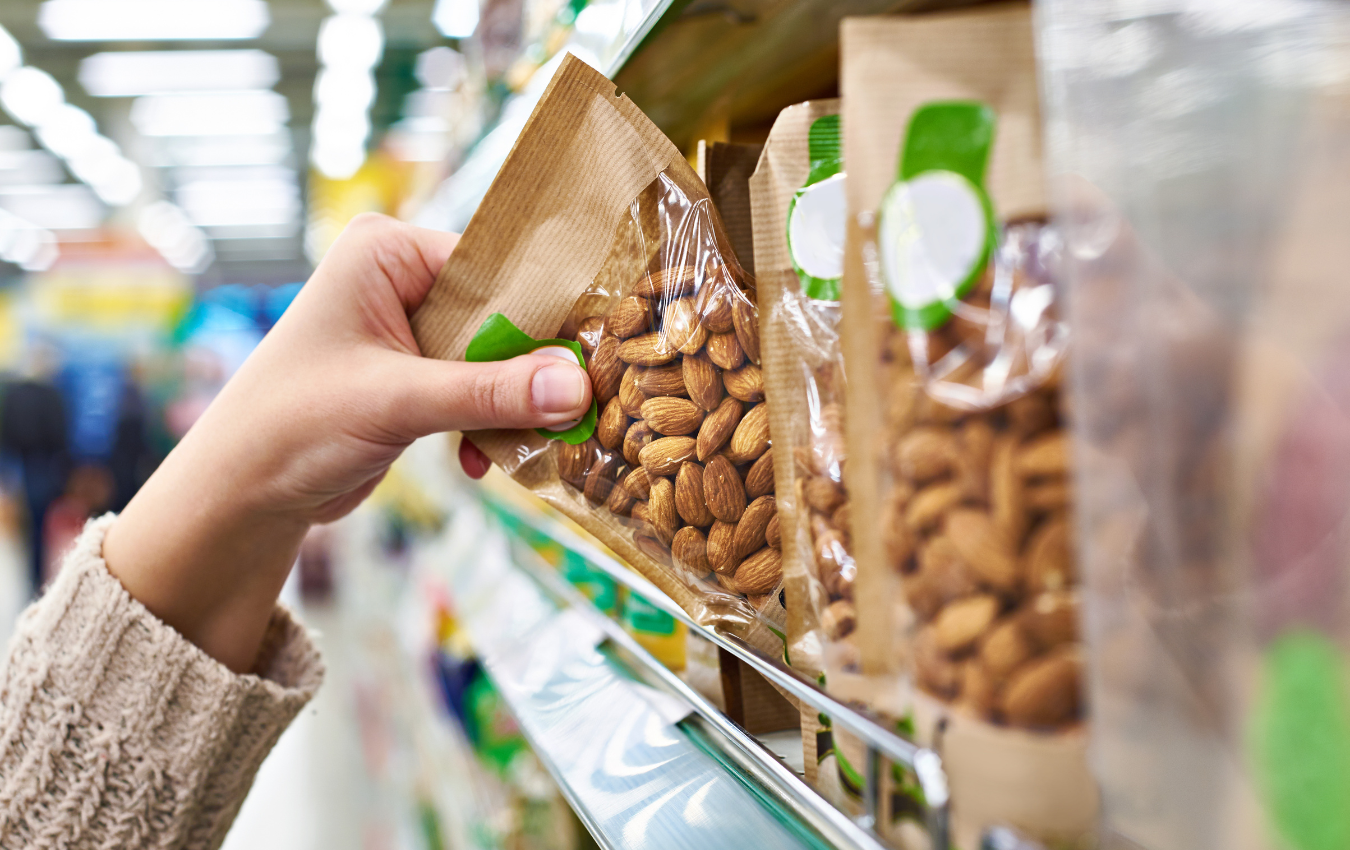
Plan for Print Method Early
Flexo, digital, and rotogravure printing each have pros and cons based on run size, lead time, and graphic complexity. Match your volume and timeline to the right print process.
Get the Right Dieline for Your Design Team
Request a dieline template from your packaging supplier to ensure artwork is correctly laid out, with allowances for trim, folds, zippers, and seals.
Choose Custom or Standard Sizes Wisely
Custom sizes maximize fit and branding, but standard sizes may reduce cost and lead time. Discuss both with your supplier to find the best balance.
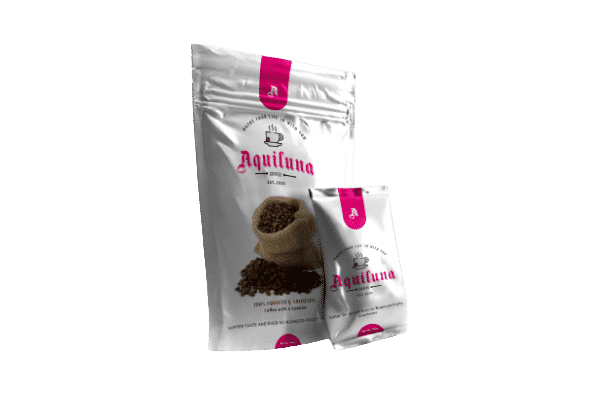
Request Samples First
Always request physical samples or mockups before committing to production—this helps you verify fit, material quality, and function.
Labeling Requirements Matter
Make sure your design meets FDA, USDA, or industry-specific labeling guidelines. Ingredient lists, net weight, and barcodes should be legible and compliant.

Plan for MOQ and Lead Time
Minimum order quantities vary by print method and supplier. Plan your order based on your volume needs and when you need product in hand.
Don’t Overlook Storage & Shipping Efficiency
Flexible pouches are great for space-saving, but size, palletization, and box count still matter. Work with your vendor to optimize how they’ll ship and store.
Versioning? Go Digital.
If you’re launching multiple SKUs, seasonal versions, or limited runs, digital printing offers the best flexibility without extra plate costs.
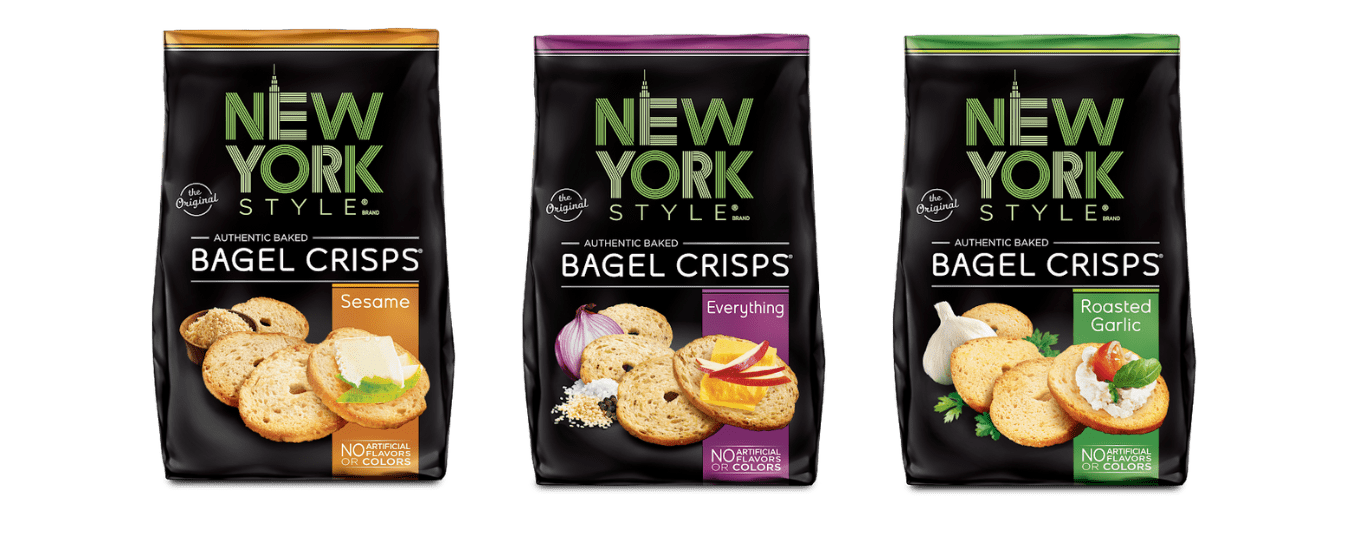
Ask About Sustainability Options
Looking to reduce waste or go green? Many suppliers now offer recyclable, compostable, or post-consumer recycled (PCR) pouch options.
Work With a Knowledgeable Partner
Your packaging vendor should do more than print—they should help guide you with material selection, regulatory insight, and design alignment.
Final Thoughts
Custom pouch packaging gives you flexibility, speed, and premium branding in a lightweight format—but only if you approach it with the right strategy. These 15 tips can help you avoid common mistakes, control costs, and get packaging that works as hard as your product does.
As tariff changes reshape global trade, packaging buyers moving production from China to the U.S. or nearshore regions face a new challenge: supplier qualification. Transitioning supply doesn’t end once a
With new tariff proposals and continued trade uncertainty, 2026 is shaping up to be another pivotal year for packaging sourcing strategy. Many companies that shifted production away from China in
Following multiple rounds of tariff changes and trade policy adjustments, 2026 marks a turning point for U.S. packaging buyers. Many who previously transitioned from China to domestic or nearshore suppliers
Shifting packaging production from China to the U.S. can help stabilize costs, reduce tariff exposure, and shorten lead times. But the transition process requires careful planning. For packaging buyers, the
Home » 15 Custom Pouch Packaging Tips for Buyers


